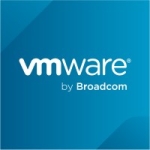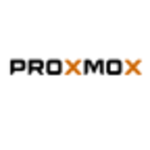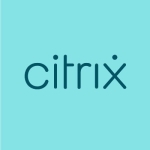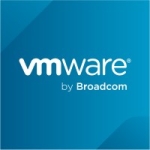What is most valuable?
When deploying the Oracle database, you can license only the processors used for the database rather than all the processors on the box, as with VMWare. Plus, it’s free.
How has it helped my organization?
We are able to build large hosts (using Oracle Virtual Cloud Appliance, for example) and wait to license CPUs for our databases until we need them. That translates into more money up front for servers and salespeople.
What needs improvement?
I’d like to see an improvement in read latency and write bandwidth to meet or exceed VMware's performance, and also smooth out the variance in both. People are choosing VMware over OVM left and right despite the licensing issues. OVM needs to be faster than anyone else, especially with Oracle’s own products.
For how long have I used the solution?
I've been using it for three years.
What was my experience with deployment of the solution?
It’s a bit clunkier to deploy and manage than other systems, e.g. VMware.
What do I think about the stability of the solution?
We have had no stability issues.
What do I think about the scalability of the solution?
Scalability has not been an issues.
How are customer service and technical support?
Oracle is very good at supporting engineered systems, so if you’re using OVM on a PCA, you get good service. Otherwise, it’s pretty typical tier-one/tier-two tech support.
Which solution did I use previously and why did I switch?
I have used VMware, Hyper-V, and AIX LPARs. I chose Oracle VM (when using x86) not only because it’s free, but because of the Oracle DB licensing benefits. Hyper-V is not really all there yet. VMware is awesome, but the Oracle licensing is a crippling problem.
How was the initial setup?
I would say it’s less straightforward than you’d expect. I haven’t installed it recently, but my impression was that it was about 70% ready for prime-time. Once you have it installed and sorted out, it runs pretty smoothly. Getting it there is another issue entirely.
What about the implementation team?
We mostly use a vendor to set up OVM, but occasionally we will do it in-house as well. My main advice is to practice it first, read all documentation, look at MOS documents, and review all blogs and community discussions you can find.
What was our ROI?
For our specific ROI, OVM allows us to buy larger systems to accommodate projected growth but not go broke on licensing. We can get new licenses on demand when we have a reason to buy them rather than all up front and hoping we expand into it. That means we can concentrate on selling new opportunities and buying the licenses after the sales are locked in. We don’t have money sitting out there idling.
What's my experience with pricing, setup cost, and licensing?
The biggest benefit is being able to license Oracle products (especially the DB) based on the number of CPUs actually used rather than all the CPUs on the box as you have to do with VMware. This results in a lot more flexibility in the sizes of servers you can buy and how you plan for future growth. If you had to buy all Oracle licenses for every CPU, you might get a smaller server to start with and that doesn’t really help with expansion.
Properly sizing your equipment for growth often means buying equipment much larger than you need right away. The money you save with Oracle VM by not buying extra licenses means you can focus on preparing your hardware for the future rather than having to balance between licenses, hardware, and practicality.
Before speccing out your systems, it’s best to start figuring out how many CPUs you need now and in the future, then you’ll be able to decide what server/VM solution you need. If you’re looking at a small software footprint now, but in one to two years you expect to double or triple your transactions, you’ll definitely want to start with a big server and OVM to reduce software licensing costs.
What other advice do I have?
My main advice is not to do your first install when sitting at the client building a production system. Practice it beforehand and make sure you work the bugs out. Once you install it the first time, it’ll be far easier to breeze through it on subsequent installs.
Disclosure: My company has a business relationship with this vendor other than being a customer. We are an Oracle Platinum business partner.















There is a great comparison of Vmware vs physical vs OVM by flashdba. Remember that he used all flash storage hence real world values will have smaller variance as disk itself will introduce latencies that are similar for all.. having said that the difference between OVM and Vmware is not very high 1133 mbps vs 1052 mbps where as physical was 1519 mbps. given that the realworld values would be affected by the type of storage array and storage connectivity I think if you are choosing virtualization you have already compromised on your I/O. flashdba.com